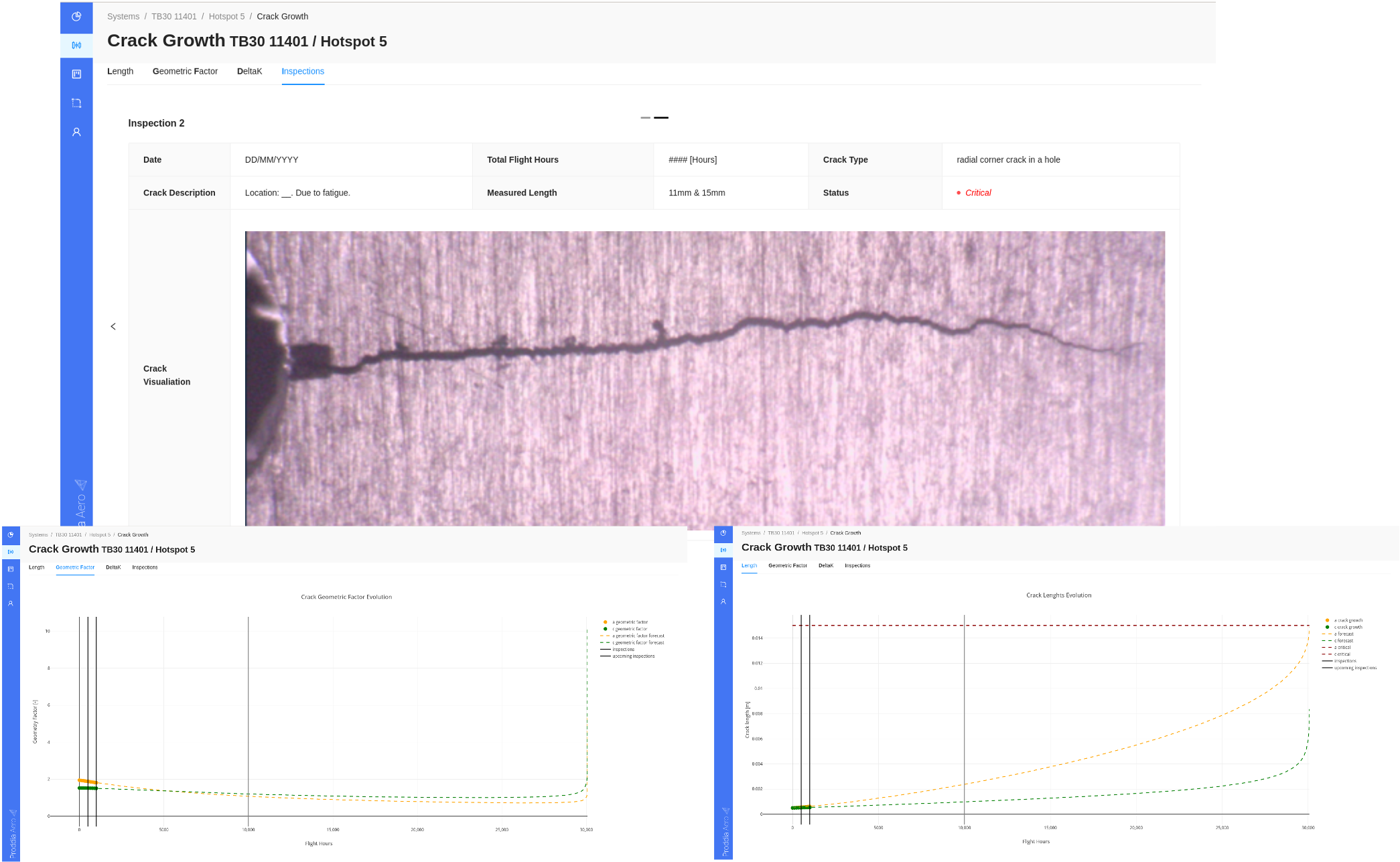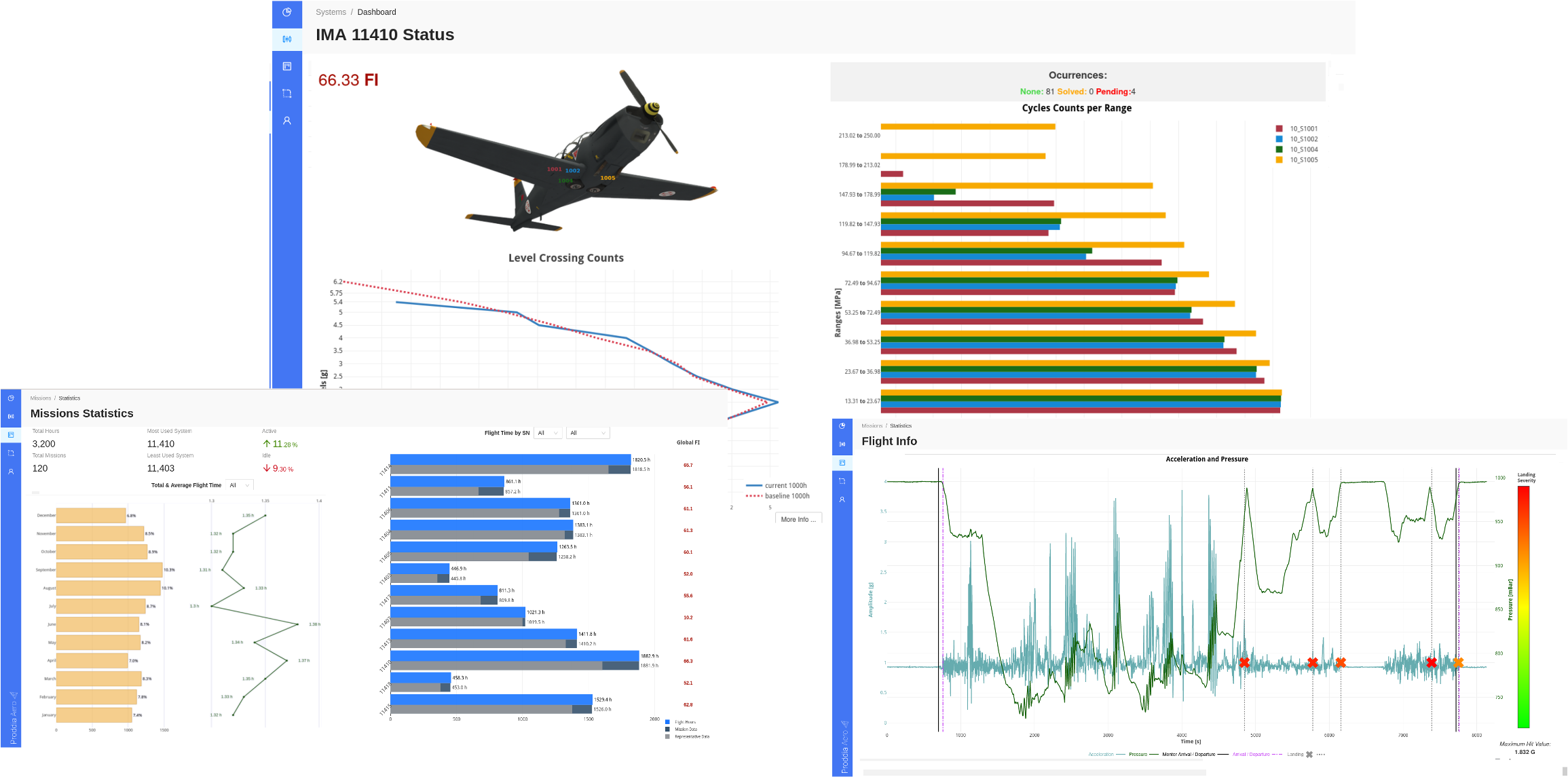Proddia Aero
Advanced Structural
Health Management
for Aircrafts

PRODDIA®AERO is a comprehensive, beyond state of art health management system for fixed wing, helicopter, or UAV fleets
PRODDIA®AERO is an integrated Structural Health Management system that provides key information on the structural condition of aircraft to O&M decision makers. With in-service visibility of structural integrity at fleet, system and component level, it increases availability and reduces O&M costs. PRODDIA®AERO is the most advanced platform for Structural Health Monitoring, Operational Loads Monitoring and Damage Tolerance Analysis of in-service aircraft.

PRODDIA®Aero2020 Plus
PRODDIA®AERO effectively combines model and experimental data from your aircraft through a patented technology and uses the appropriate number of sensors to achieve an accurate diagnosis and prognosis of its structural status with an extremely high degree of reliability. Using standard hardware, PRODDIA®AERO works with a wide spectrum of sensor technologies and data acquisition systems. Additionally, the system continuously tracks the quality and consistency of raw data from physical sensors. With PRODDIA®AERO, the monitoring of both complex metallic and composite components is possible with the possibility to locate failure modes such as cracks, deformation, debonding and delamination’s.
PRODDIA®AERO is a valuable tool to support life-extension programs in older fleets as it can be easily retrofitted into older aircraft. Additionally, PRODDIA®AERO can be integrated with existing Integrated Vehicle Health Monitoring systems and Health and Usage Monitoring systems. Within the platform, relevant information can be visualized and explored effectively and intuitively providing different customized versions for different usage scenarios, whether for control rooms or field operations.
The whole framework is easily deployable in terms of hardware and software.
PRODDIA®AERO2020 Plus -Highlights-

Features
SHM in the maintenance loop – mobile version featuring augmented reality overlaying diagnosis results while performing maintenance operations. Project damage information on the real component, thus increasing the awareness on the structural issues, and supporting the operator to pinpoint damage with precision.
Advanced diagnosis engine – the PRODDIA diagnosis engine includes a multi-damage scenario that significantly extends the effective damage detection area.
Crack propagation – Added crack onset and propagation models, integrated in OLM and DTA workfows. Now, it is possible to use Power Spectral Density method for loads count and monitoring
Explore Information at Different Levels – Relevant information is visualized and explored effectively and intuitively with PRODDIA®AERO Workbench.
Additionally, a different customized version for field operations is available. Indication of damage estimate mapped with color-coded severity on the component model and correct physical location are available without loss of information coherence in all different devices.
Manage Efficiently Dispersed and Distant Assets – PRODDIA®AERO is implemented under a flexible architecture enabling the coexistence of a distributed database and an unlimited processing centres and workbenches. Enabling a scalable solution for a large number of moving and distant assets.
Data Acquisition Systems and Sensor Network – PRODDIA®AERO is capable of using a reduced number of sensors to achieve very high integral component status with an extremely high degree of reliability. Using mainly COTS solutions PRODDIA® AERO works with a wide spectrum of sensor technologies and DAQ systems.
Diagnosis, Prognosis and Sensor Data Integrity Technologies – PRODDIA® AERO diagnosis and prognosis are based on VS2® Core Technology, a patented technology enabling high effective combination of model and experimental data for superior diagnosis and prognosis of structural status. PRODDIA®AERO can also analyze the quality and consistency of raw data from physical sensors enabling a precise distinction of sensor and structural damage.
Integration with Other Systems – PRODDIA®AERO can integrate third-party analysis algorithms in the processing centre component and the information generated can be easily integrated into O&M systems. Additionally, integration with current HUMS or IVHM systems are supported.
Data integrity and accuracy – PRODDIA®AERO effectively combines model and experimental data through a patented technology and uses a low number of sensors to achieve an accurate diagnosis and prognosis of the structural status with an extremely high degree of reliability. Additionally, the system is able to analyze the quality and consistency of raw data from physical sensors.
Distributed and redundant architecture – PRODDIA®AERO is implemented under a flexible architecture where a multi-master database and unlimited processing centers and workbenches can coexist, thus enabling a scalable solution.

